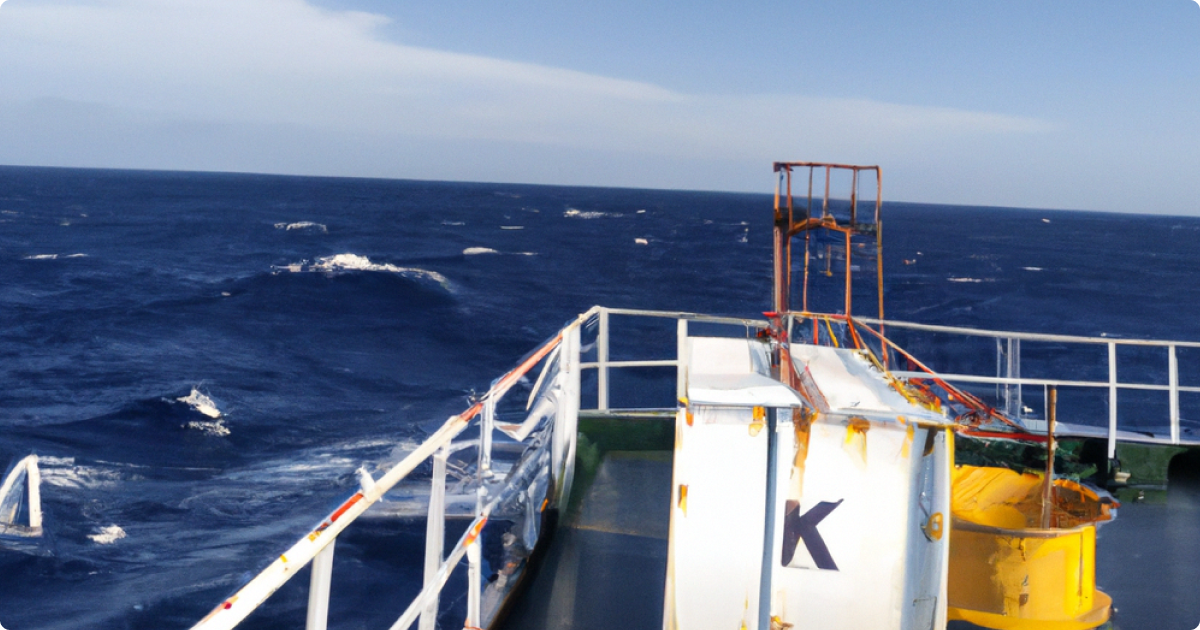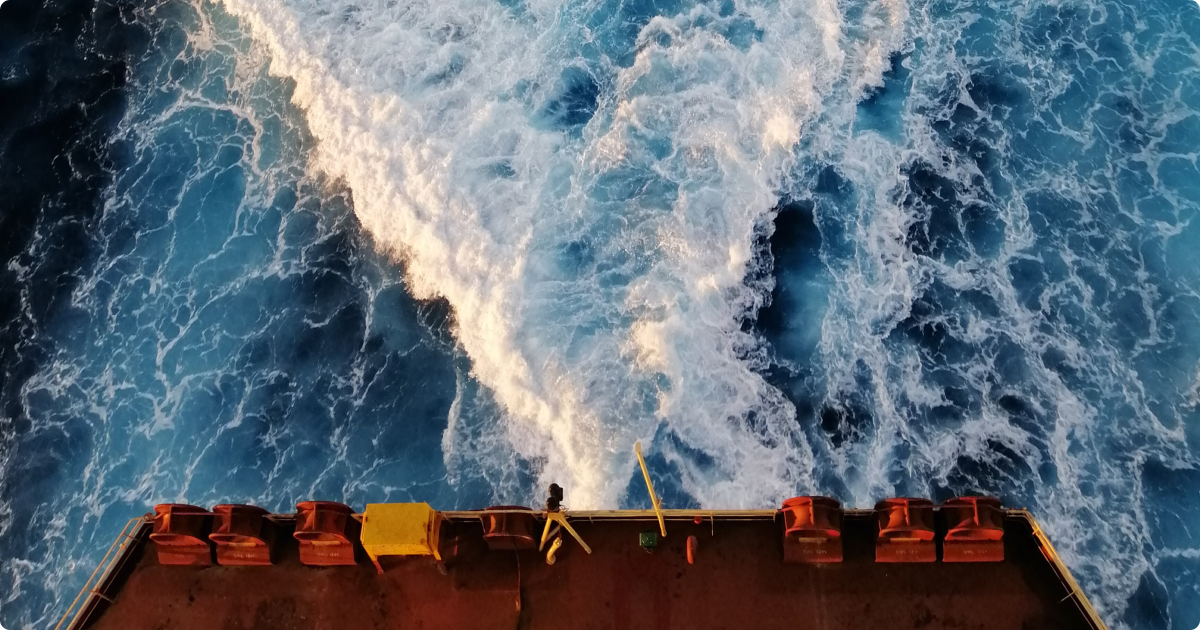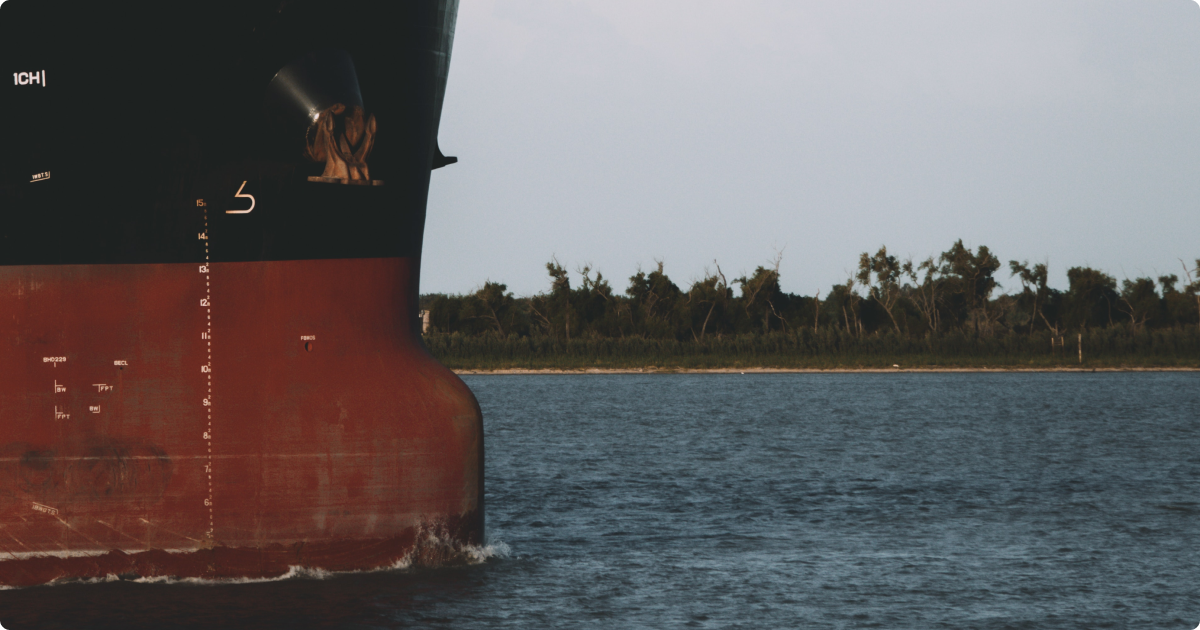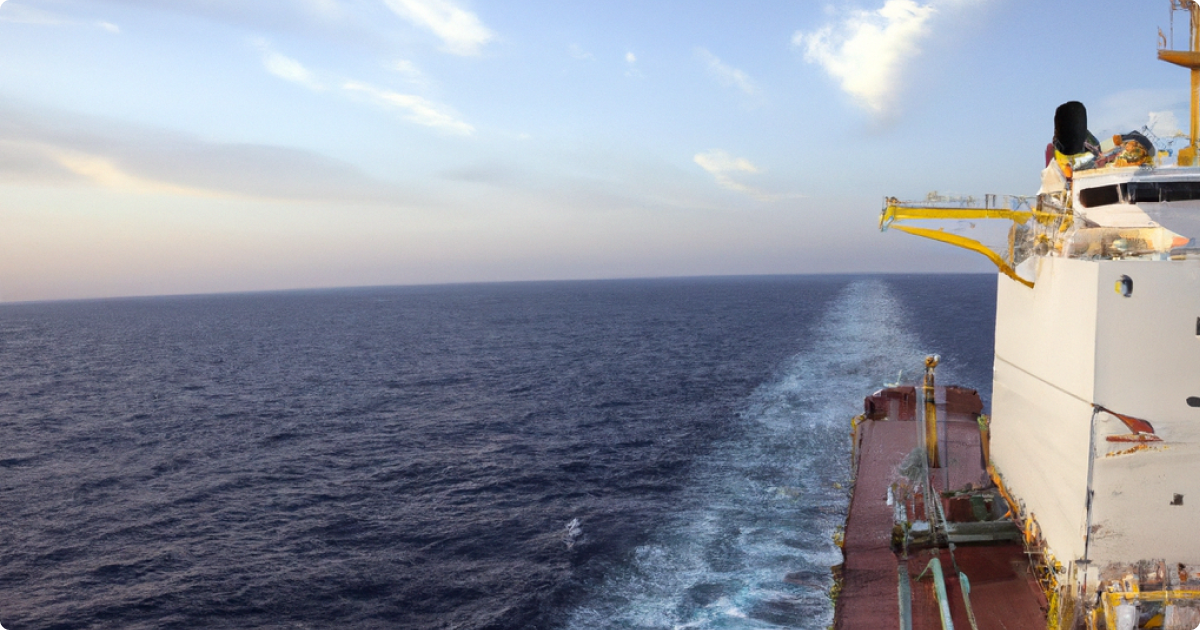Ships offer a traveling and cargo experience unique to their own, but their extensive journey times have sparked much discussion on the limits of these massive vessels.
How far can they travel at sea without stopping at any port? For example, what kind of safety considerations should companies keep in mind when planning extended trips? What technologies are available to extend the sailing distance for shorter excursions and long-term ventures?

Ships offer an exciting way to travel, explore and move containers to new places, with long distances sailing at sea providing a sense of freedom. But just how far a ship can sail without stopping is something that's often wondered by companies in the industry, captains who are charged with the safety of passengers and voyageurs ready to set off on their next holiday.
This blog post will dive into the research on how long a ship can sail without docking, exploring its practical limitations and how large maritime entities use technological solutions to enhance voyage duration.
Vessels at Seas
In general, vessels can only stay at sea for about twelve days before having to refuel. Despite this, most vessels refuel every few days when calling at different ports. Just because a vessel can theoretically stay at sea for 12 days does not mean that they need to do so and put itself at risk.

The longest that modern vessels usually sail without docking is between six and nine days at the most, but even then calls are made as far as possible to nearby islands or ports for refueling.
One of the largest container ships to call on the U.S., the CMA CGM Benjamin Franklin, carries approximately 4.5 million gallons of fuel oil. Ship fuel capacity is generally converted to volumetric measurement. The equivalent on the Ben Franklin would be close to 16,000 cubic meters.
Many container ships calling in the U.S. are considered post-Panamax or New Panamax, so called because they are larger and can pass through the Panama Canal's newer and larger locks. These vessels are typically between 8,000 and 14,000 TEUs. Vessels of this size can carry between 2.5 and 3.5 million gallons of fuel.

All of this gives us an idea of how much fuel these ships can handle in order to keep running; sailing with the challenge of running out of fuel or with very little fuel is not a good idea for anyone involved.
When vessels longer than seven days, there are often challenges with storing enough food and drink to last the entire vessels; crew corridors are packed with dry goods and other foods that don't require refrigeration.
What impacts the fuel consumption of a vessel?
Size of the ship: The size of vessel varies, as some have a capacity for 50 passengers and others for more than 5,000. Larger ships consume more fuel. However, larger vessel have the capacity to store more fuel, which does not mean that larger ships cannot stay at sea as long as smaller ones.
Cruising speed: Vessels can burn over a thousand gallons of fuel every hour of sailing. The faster a vessel sails, the more fuel it has to use to do so. If a vessel sails fast to avoid a storm or reach its destination in a short time, it will consume more fuel than if it sails slowly.
Age of the ship: Newer ships consume less fuel compared to older ships. There are many vessels from the last century that are still in operation and consume much more fuel than newer ships.
Ultimately, vessels and ships of all sizes must be mindful of how much fuel they are carrying aboard and how long they plan to be at sea.

Most modern vessels liners will remain at sea for six to nine days before making a refueling call, although there is potential for them to remove as many as twelve days.
While the fact that 4.5 million gallons of fuel oil can take a CMA CGM Benjamin Franklin across the ocean is impressive, safety must always remain the top priority for those at sea.
That said, working with global, reputable companies such as Agemarin, who offer comprehensive and up-to-date news about maritime operations, can help foster better knowledge about fueling capabilities and more efficient ocean navigation over vast distances. To stay informed on all things related to marine navigation and safety, make sure to follow Agemarin.